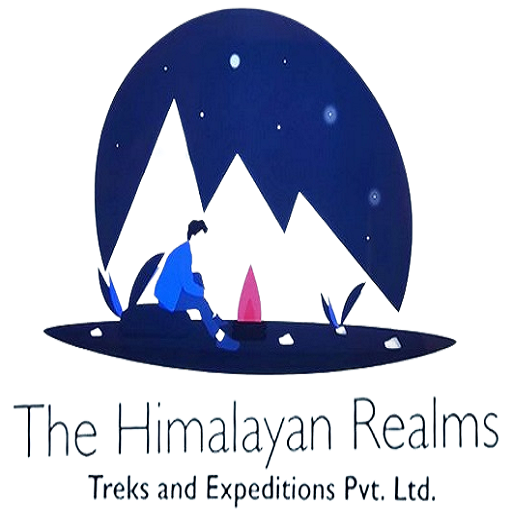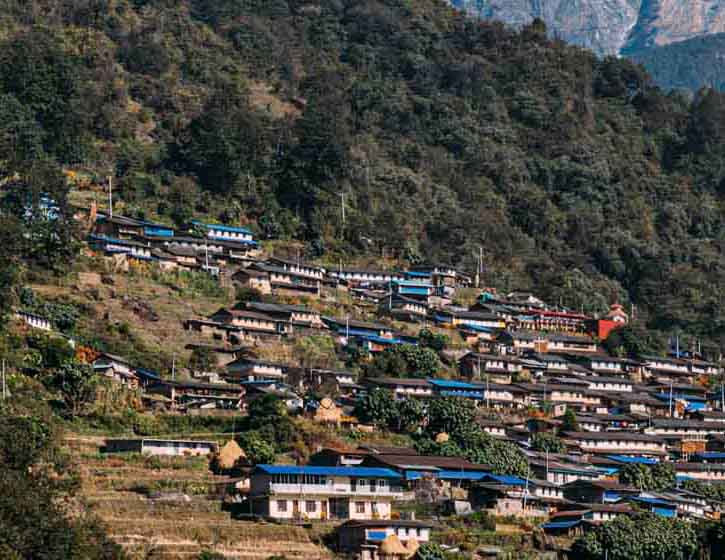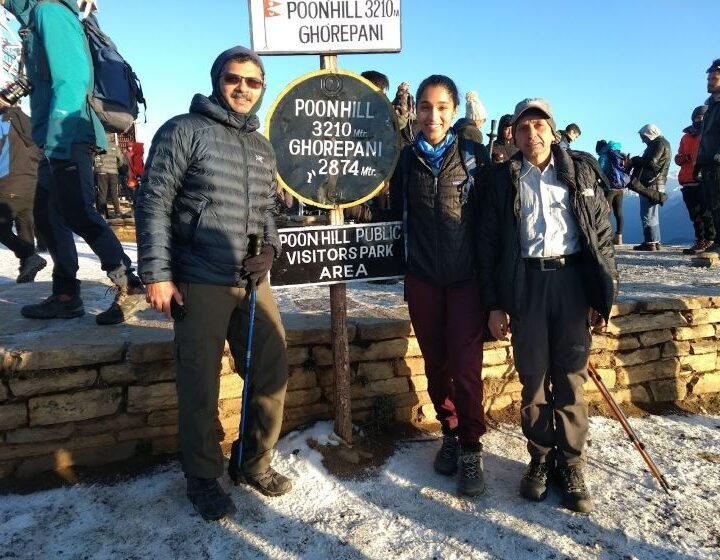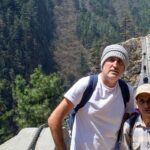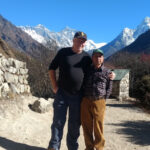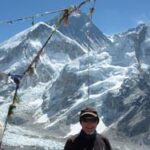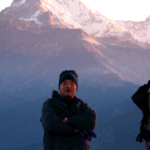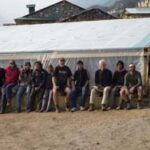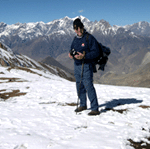The people of Siklesh, predominantly of the Gurung ethnic group, practice a mix of Hinduism and Buddhism, reflecting the spiritual diversity of the Annapurna region. Hinduism, with its pantheon of gods and rituals, holds a significant influence, particularly in daily life, festivals, and household worship. The Gurung community often worships deities like Lord Shiva, the Goddess Durga, and local mountain gods (known as “Mache”), believing them to be protectors of the land and people.
Buddhism also plays an important role in Siklesh, as many Gurung people are followers of the teachings of the Buddha. Buddhist shrines, prayer wheels, and stupas are common in the village, and rituals such as prayer offerings and meditation are part of their spiritual practices.
Religious festivals like Dashain (Hindu) and Lhosar (Buddhist New Year) are widely celebrated, blending elements of both traditions. These celebrations bring the community together in a vibrant display of cultural and religious harmony.
Flora and Fauna of the Siklesh Region:
The Siklesh trekking route in the Annapurna region is located in the Annapurna Conservation Area and is rich in biodiversity. Its varied altitude and climate support a wide range of flora and fauna, making it a paradise for nature lovers.
Flora:
The lower hills around the Siklesh hiking area are covered with lush subtropical forests dominated by rhododendron, oak, pine, and bamboo. During spring, the rhododendrons bloom in vibrant colors, painting the forests in red, pink, and white. Ferns, wildflowers, and medicinal plants like yarsagumba and kutki also thrive in the area.
Fauna:
The Siklish trekking route is home to various wildlife species. Trekkers may spot Himalayan langurs, barking deer, and Himalayan tahr in the higher elevations. Birdlife is abundant, with species such as pheasants, eagles, and the colorful Himalayan monal — Nepal’s national bird — commonly seen. Moreover, elusive animals like the snow leopard and red panda are occasionally reported in the remote forests, further enhancing the area’s ecological significance
Highlights of the Siklesh Trek:
The Siklesh Trek is a captivating journey that offers a perfect blend of natural beauty, cultural richness, and peaceful trails. One of the main highlights is visiting Siklesh village, one of the largest and oldest Gurung settlements in Nepal, where trekkers experience authentic Gurung culture, traditional stone houses, and warm hospitality.
The trek provides stunning views of Annapurna II, Lamjung Himal, and Machapuchare (Fishtail Mountain), especially from viewpoints like Tara Hill Top. The route passes through lush rhododendron forests, terraced farmlands, and scenic rivers, making it ideal for nature lovers and birdwatchers.
Unlike more commercial trekking routes, Siklesh offers a quiet and less crowded experience, perfect for those seeking solitude and cultural immersion. The trek is moderate in difficulty and suitable for families and first-time trekkers. Combined with its cultural charm and natural scenery, the Siklesh Trek is a hidden gem in the Annapurna region.
Why Choose The Himalayan Realms Treks?
Authentic Local Connection
Founded by Takao Yuzawa of Japan and led by Nepali expert Dammaru Prasad Niraula, we combine an international perspective with strong local roots. Our guides hail from the very regions you’ll explore, offering genuine cultural experiences. We value community engagement, support local livelihoods, and promote meaningful connections between visitors and the Himalayan people.
Safety and Sustainability
Your well-being is our top priority. Our guides are trained in first aid and high-altitude safety, and we use reliable gear and follow strict protocols. We also promote eco-friendly practices and support conservation efforts. By hiring local staff and sourcing supplies locally, we contribute directly to mountain communities.
Personalized Service
Every traveler is unique. We tailor each trek to suit your fitness level, preferences, and goals. From customized routes to dietary needs, our team provides one-on-one attention throughout your journey.
More Than Just a Trek
Trekking with us is more than just a journey; it’s a meaningful and enriching experience in the heart of the Himalayas. We offer more than a trek—it’s a personal and rewarding adventure through the Himalayan landscape. With us, your journey turns into a deeper experience, filled with beauty, connection, and discovery. Your trek with us becomes a special adventure, full of learning and unforgettable moments in the Himalayas.
